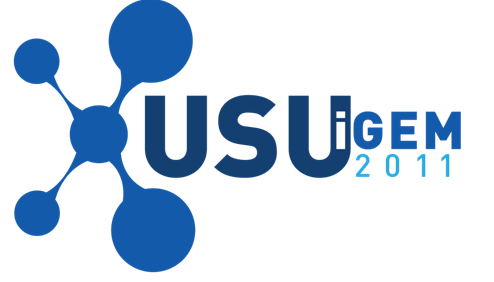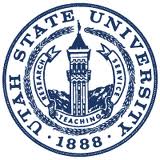Students
| |
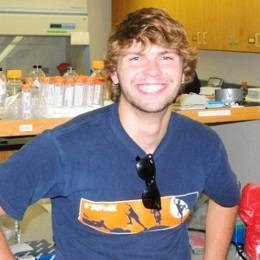 |
Cole Peterson
|
| Cole is a senior in Biological Engineering, and a thrid year iGEM participant. His personal research is centered in the design, construction, and modeling of gene circuits. In his spare time, Cole likes to be outside with his backpack or his skis. He works for the local ski patrol, and teaches hiking and canyoneering courses for the University. His role for the project was to assist with the construction of promoter parts.
|
| |
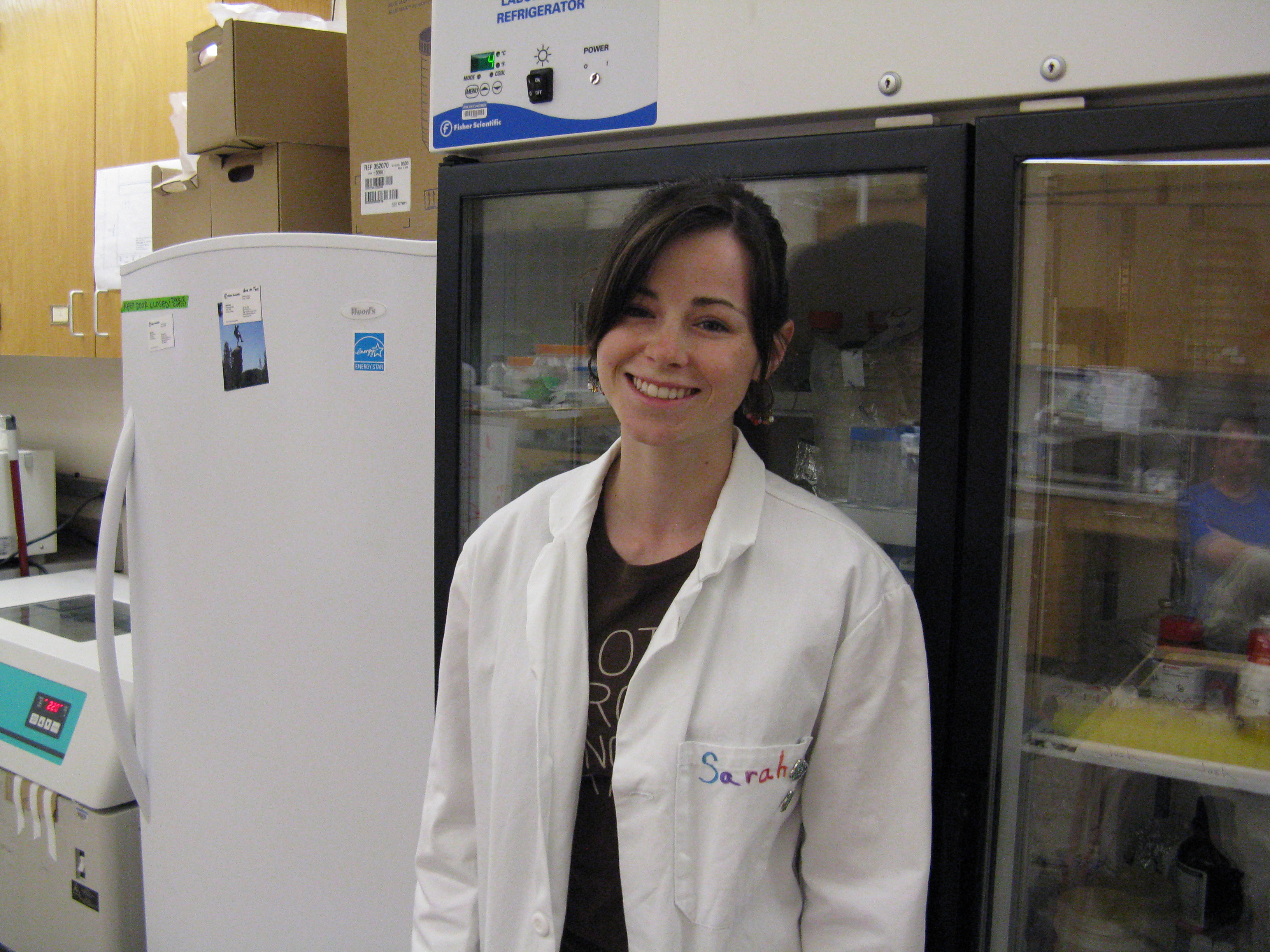 |
Sarah Allred
|
| Sarah is starting her fifth year as a concurrent bachelor's and master's student in Biological Engineering, minoring in Chemistry. She has participated in research regarding how serotonin receptors relate to autism and the characterization of algae in the Logan lagoons. In her spare time, Sarah enjoys knitting, hiking, and camping.
|
| |
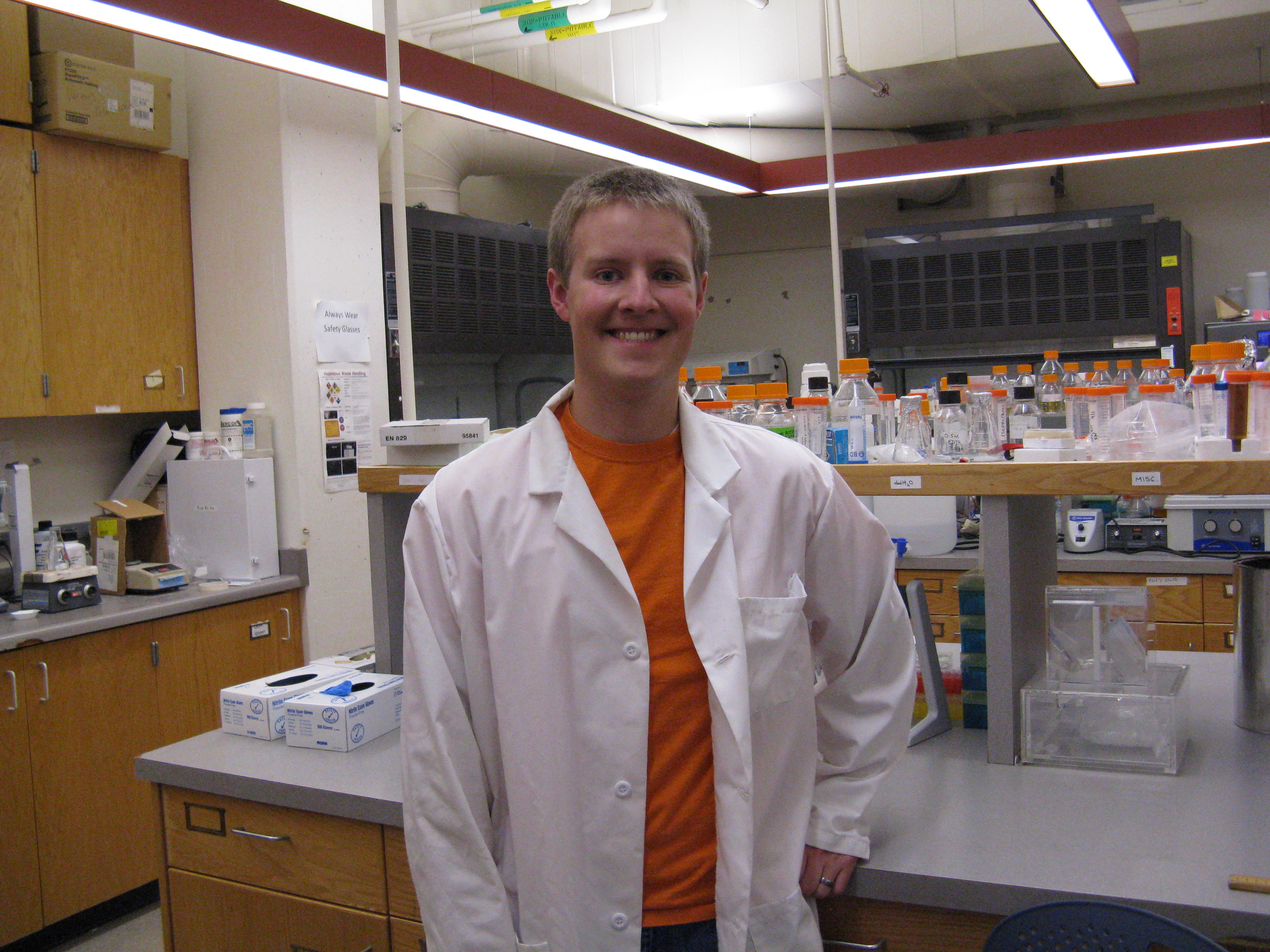 |
Eric Anderson
|
| Eric is a Senior in Biological Engineering, minoring in Chemistry. He has participated in research centered on characterization of biosurfactants and the organisms that produce these compounds. He enjoys birdwatching, choral singing, and spending time with family.
|
| |
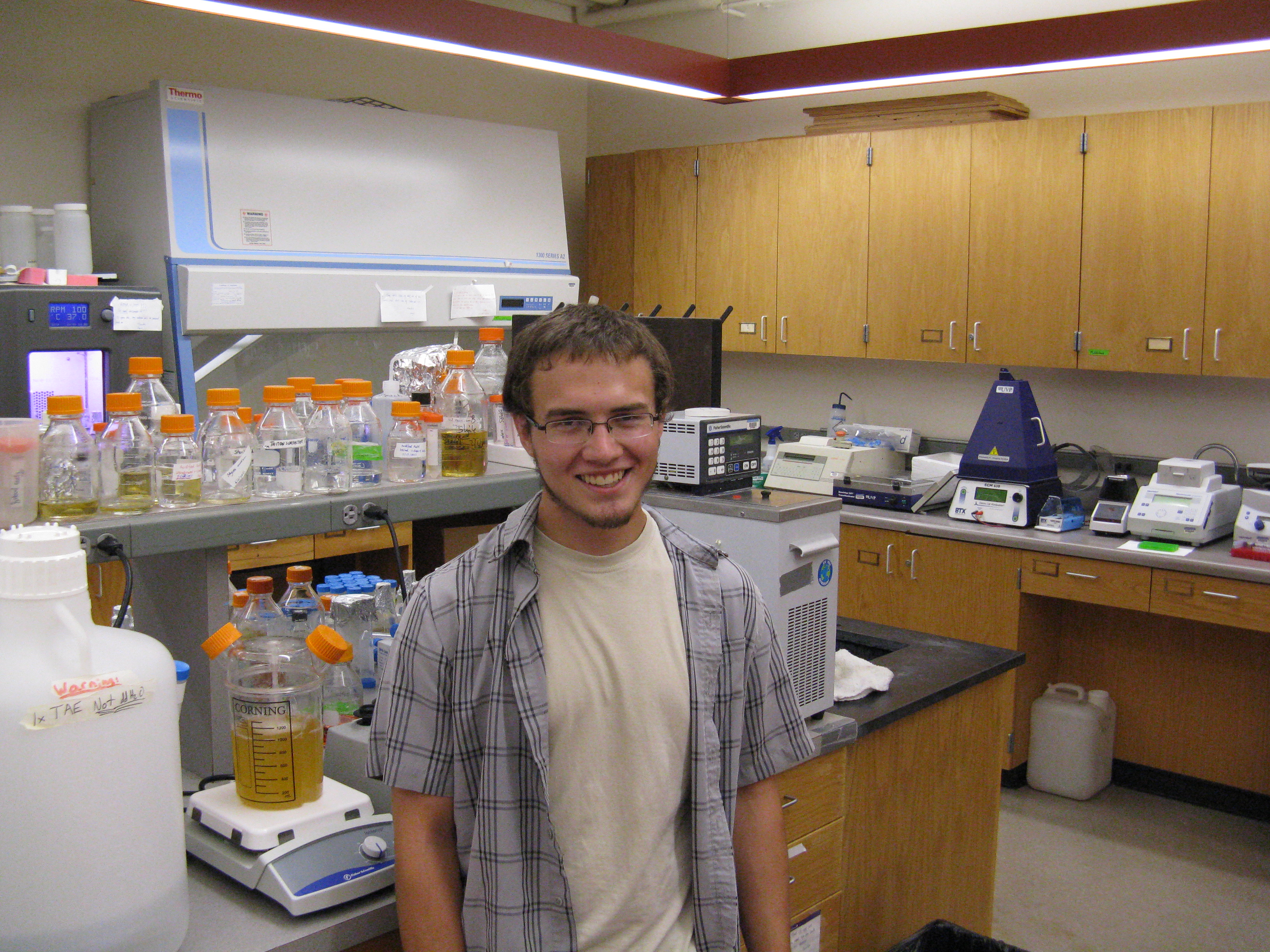 |
Charles Barentine
|
| Charles Barentine is an undergraduate in Biological Engineering at Utah State University. His goals for iGEM include learning basic lab procedures, gaining an understanding of synthetic biological processes, and to advance his overall understanding of the field that has so enraptured him. He looks at the competition as a great opportunity to learn, and is happy to be a part of it.
|
| |
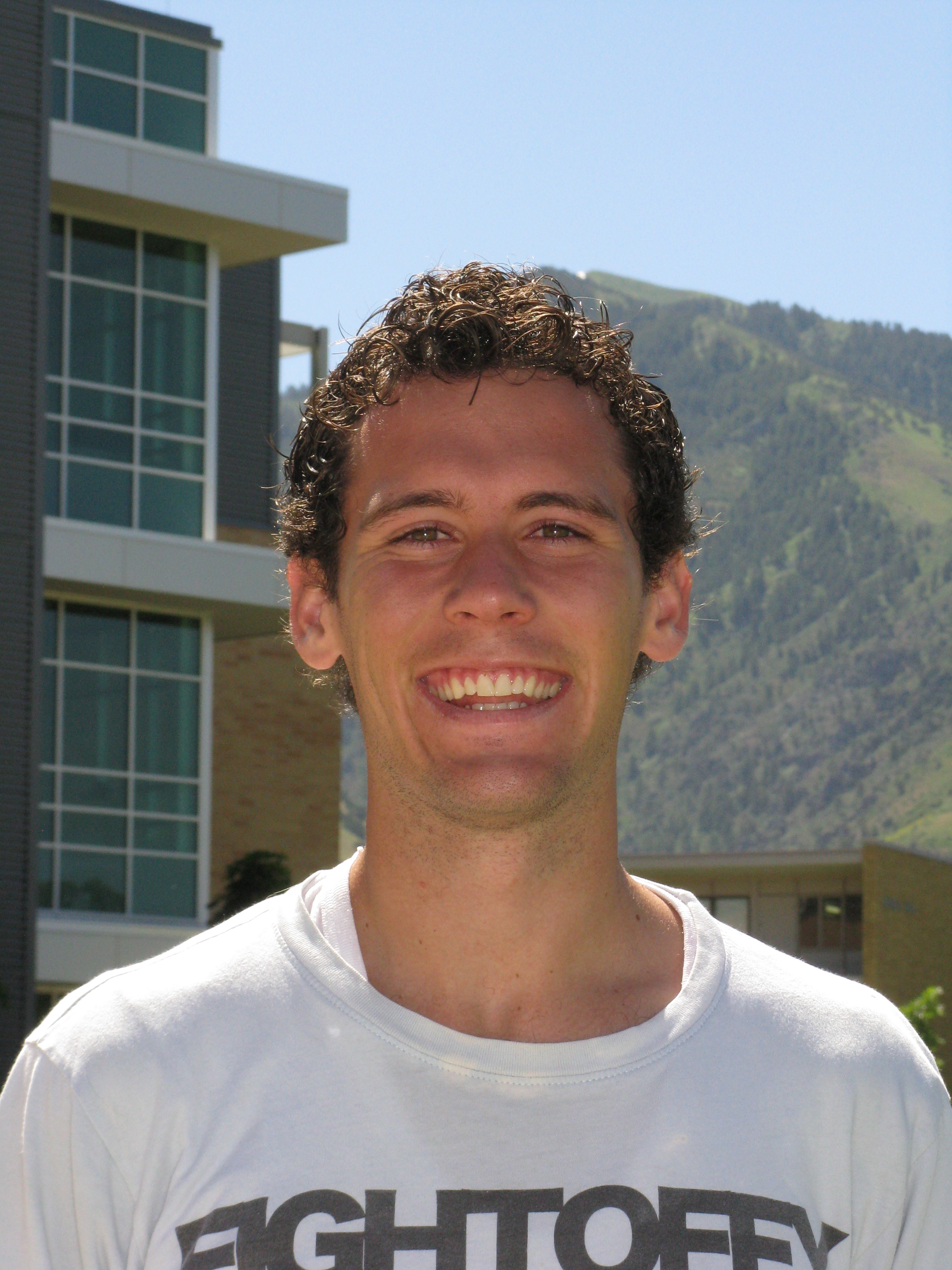 |
Victor Carlson
|
| Victor is a Senior Biology student participating in iGEM for the first time. His personal research involves the characterization of eukaryotic species growing in the Logan lagoons. Outside of work, he is a member of Cache County Sheriff's Search and Rescue and the Utah State Men's Soccer Team. He is preparing for a career in healthcare with a specialty in emergency medicine.
|
| |
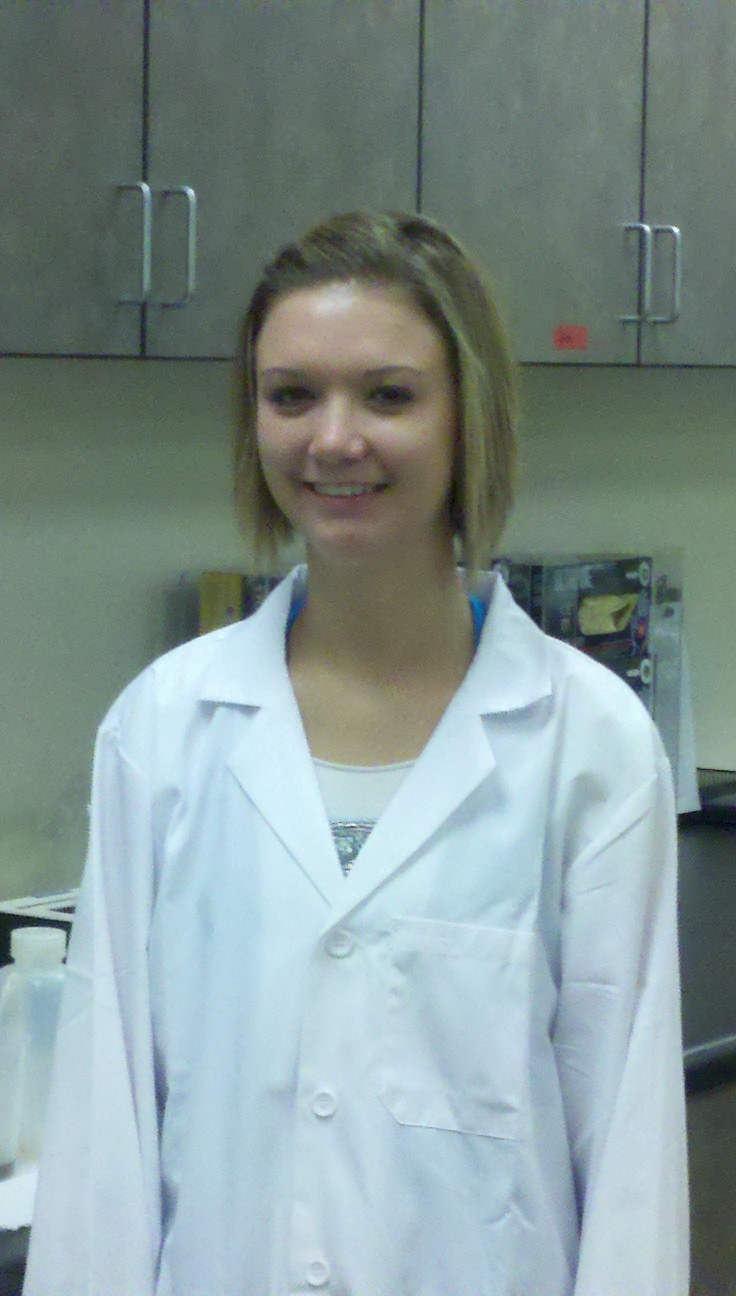 |
Ashlyn Tucker
|
| Ashlyn is a sophomore in biological engineering and this is her first year participating on the iGEM team. She currently works as an intern for a company which designs and manufactures microscope slide stainers as well as other medical equipment. While working this job, she discovered her interest in biomechanical engineering. Outside of the achedemic and work spheres, Ashlyn enjoys watching movies, dancing, and participating in outdoor activities. This year for iGEM she was the primary wiki editor as well as a contributor in lab experiments.
|
Graduate Advisers
| |
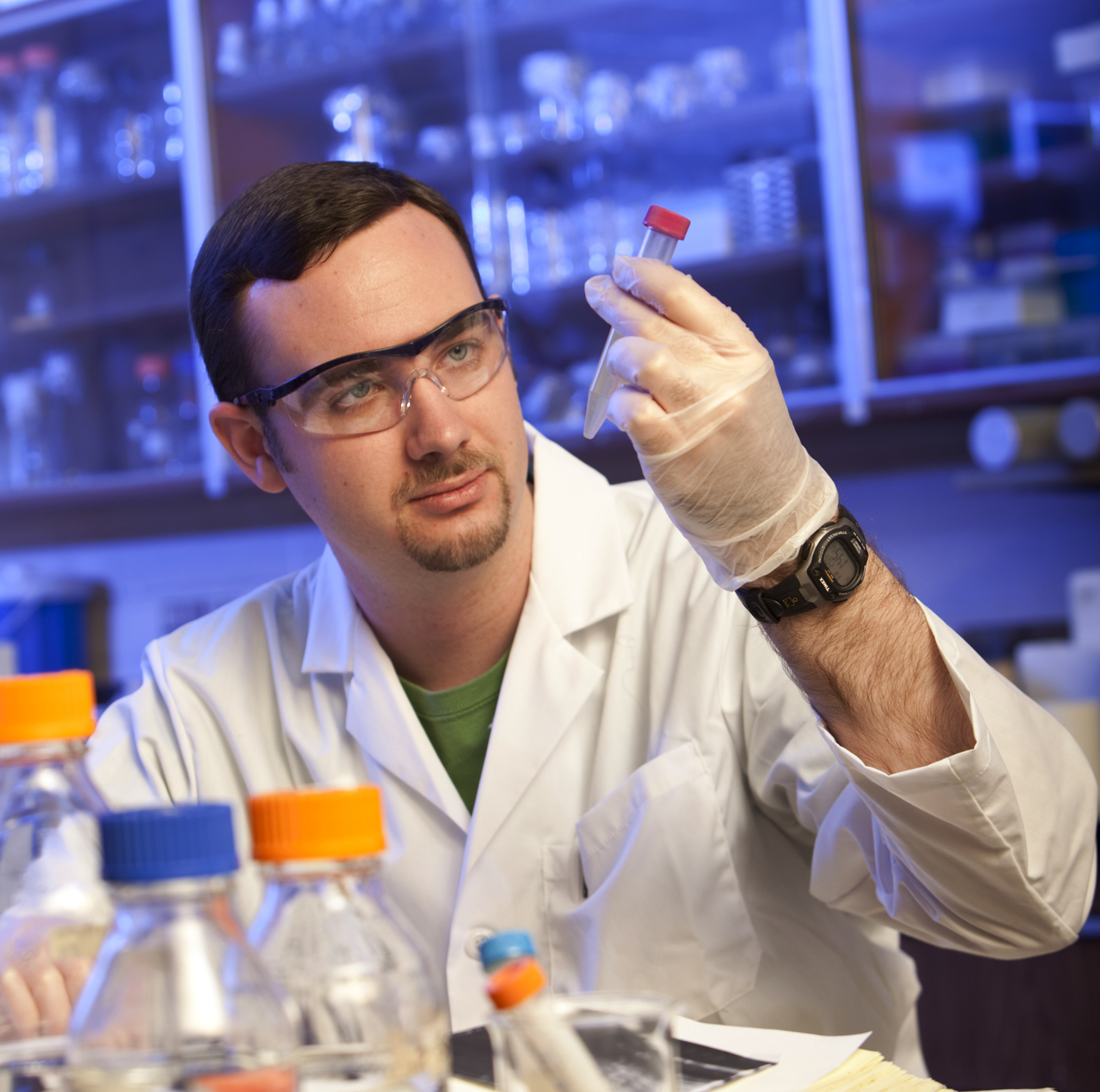 |
Cody Tramp
|
| Cody is a second-year Ph.D. student in Biological Engineering. He received a B.S. in Biology and B.S. in Biochemistry from Utah State University. His current research project focuses on expanding synthetic biological engineering techniques into cyanobacteria and developing a standardized system for manipulating the genome of these organisms. His career goals involve expanding the capacity of synthetic biological engineering to a full-genome scale. He considers himself a true lab rat, and enjoys spending the bulk of his time in the research lab. When not at the bench, he can be found in the library buried in a book or writing computer programs.
|
| |
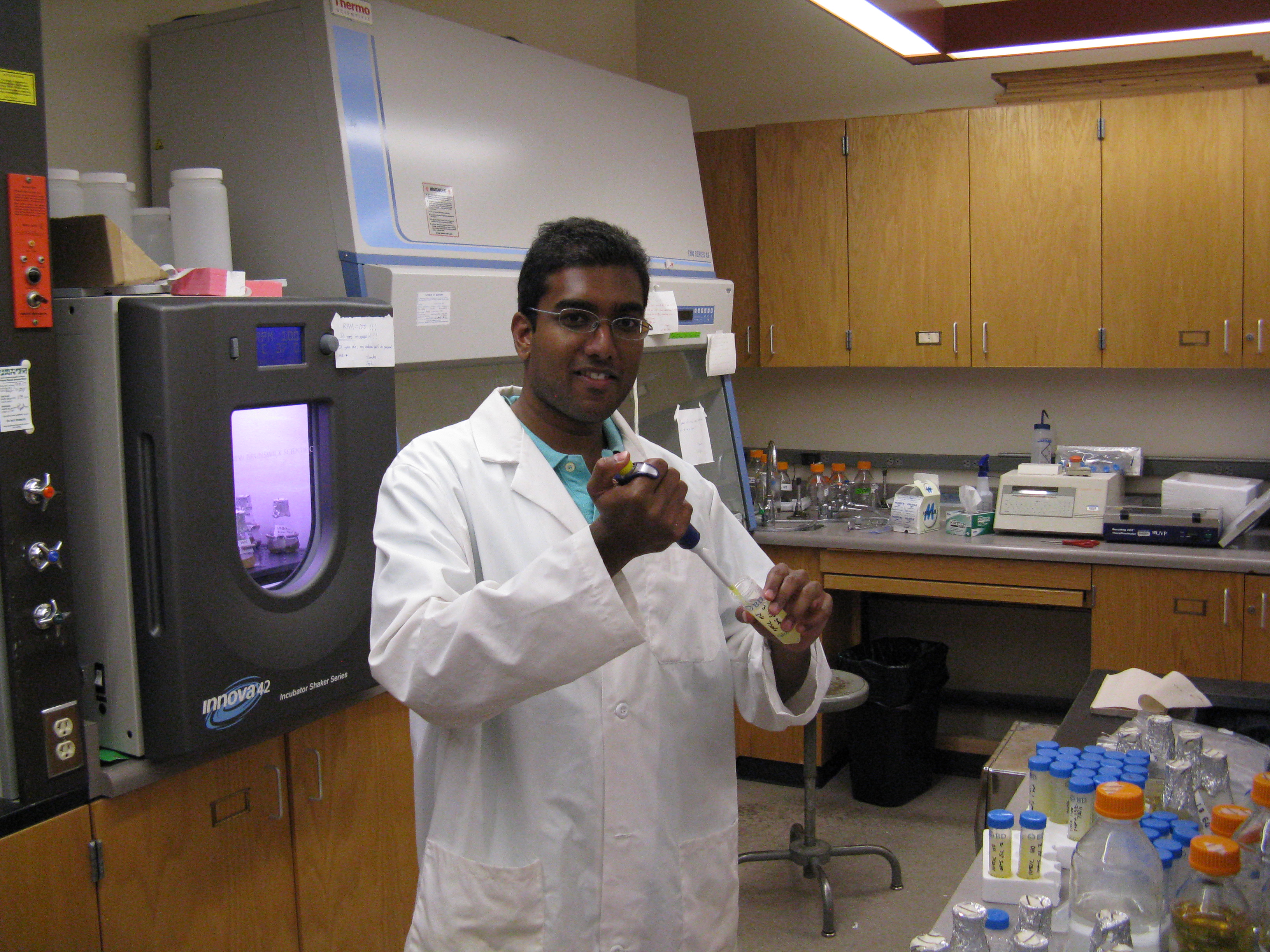 |
Asif Rahman
|
| Asif is one of the graduate advisers. Currently, he is pursuing his PhD in Biological Engineering at Utah State University. His area of study is secretion based recovery of bioplastic from recombinant E.coli and scale-up of the process.
Asif is from Auckland, New Zealand. He obtained his Bachelors in Chemical and Biological Engineering from the University of Wisconsin-Madison in 2009 and his Masters in Chemical and Material Engineering from the University of Auckland in 2010.
Outside of the lab Asif plays cricket, swimming, and soccer. He also enjoys traveling.
|
| |
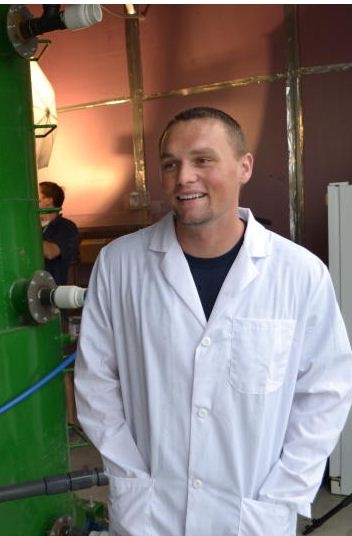 |
Josh Ellis
|
| Josh Ellis is a graduate advisor and a PhD student in Biological Engineering at USU. His dissertation research is focused on producing biogas and biofuels using methanogenic and solventogenic microbial populations respectively. Josh is from Idaho Falls, ID. He received his BS in Microbiology in 2008 and MS in Microbiology in 2010. He enjoys recreational activities, movies, books, and spending time with his family.
|
Faculty Advisers
| |
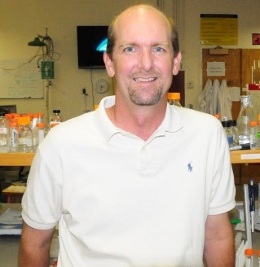 |
Charles Miller
|
| Charles Miller is an Assistant Professor of Biological Engineering. His research interests focus on cellular engineering, synthetic biological engineering, biosensors and bioremediation. Recent projects include using synthetic biological engineering techniques to improve bioplastic production, developing molecular tools in mycobacteria to create biosensors for use in bioremediation, the use of natural products as antimicrobials, and monitoring microbial diversity of bioreactors using metagenomic approaches.
|
| |
 |
Ronald Sims
|
| Ron Sims has worked for Verona Division of Bayer Corporation in South Carolina as Environmental Control Laboratory Supervisor, for Research Triangle Institute, North Carolina as a Process Engineer addressing coal gasification and microbial metabolism of aromatic chemicals, and for the University of North Carolina as Director of the International Program in Environmental Aspects of Industrial Development before joining the faculty at Utah State University. He also worked at the U.S. EPA research laboratory at Ada, Oklahoma addressing bioremediation of hazardous waste contaminated soils and ground water. He is the former Director of the Utah Water Research Laboratory. His research interests include biochemical engineering processes for bioplastics and bioenergy production, and bioremediation of toxic and hazardous wastes. He has M.S. degrees in Environmental Chemistry and Biology (University of North Carolina School of Public Health) and Environmental Engineering (Washington State University), and the PhD degree in Biological and Agricultural Engineering (North Carolina State University). Dr. Sims is a recipient of the Utah Governor’s Medal for Science and Technology.
|
| |
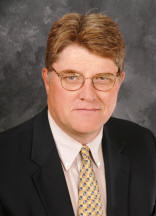 |
Dean H. Scott Hinton
|
| H. Scott Hinton was born in Salt Lake City in 1951. He received a B.S.E.E. in 1981 at Brigham Young University and a M.S.E.E. at Purdue University in 1982.
In 1981, he joined AT&T Bell Laboratories in Naperville, IL as a Member of the Technical Staff. He was promoted to supervisor of the Photonic Switching Technologies group in 1985 and then Head of the Photonic Switching Department in 1989. From 1992 to 1994, he was the BNR-NT/NSERC Chair in Photonic Systems at McGill University and from 1994 to 1999 he was the Hudson Moore Jr. Professor of Engineering at the University of Colorado at Boulder, and finally from1999 to 2002 he was the Dean E. Ackers Distinguished Professor and the Chairman of University of Kansas Electrical Engineering and Computer Science Department. In 2002, he accepted the position as the Dean of the College of Engineering at Utah State University. He has been very active in the scientific and engineering community where he has published over 35 journal articles and 85 conference papers. He has also been active in service to the professional community by serving in leadership positions for numerous technical conferences and workshops. Dean Hinton has also been awarded 12 patents. His current research is focused on developing systems applications of smart pixels and free-space optical interconnection, biophotonic systems, and in developing and understanding technology-enhanced learning environments. He was an IEEE-LEOS Distinguished Lecturer for 1993-94 and is a fellow of both the IEEE and OSA.
|
What We Did
Building upon the CyanoBrick toolkit developed by the 2010 Utah State iGEM team, our project will focus on producing valuable bioproducts using Synechocystis sp. PCC 6803. Our project will attempt to produce 3 different bioproducts: fatty alcohols, wax esters, and alkanes/alkenes. Fatty alcohols and wax esters are used to produce cosmetics, lubricants, and various pharmaceuticals. Fatty alcohols with a 20-carbon chain are used in the cold sore medication Abreva[reference needed], and long chain fatty alcohols have been linked to improved heart health [reference needed]. Alkanes and alkenes are utilized as hydrocarbon fuels. The production of these bioproducts in cyanobacteria will greatly reduce their cost and increase their availability.
In addition to producing bioproducts, our project will also provide a more detailed characterization of the promoters and ribosome binding sites (RBS) produced by the 2010 Utah State iGEM Team. Utilizing a dual luciferase expression measurement construct, and reference promoters from E. coli and Synechocystis, our team will more precisely characterize the expression levels of 23 promoters under standard growth conditions, compared with the GFP-based measurements made in 2010. We will also produce useful intermediate parts, which are currently not available through the registry, allowing the dual luciferase expression measurement system to be easily adapted to new organisms and new reference promoters.
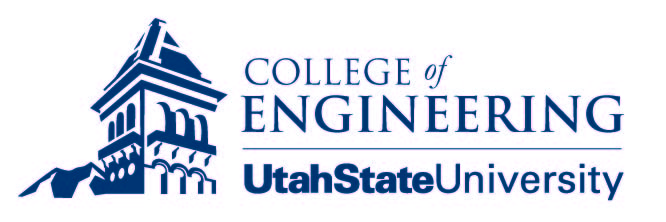 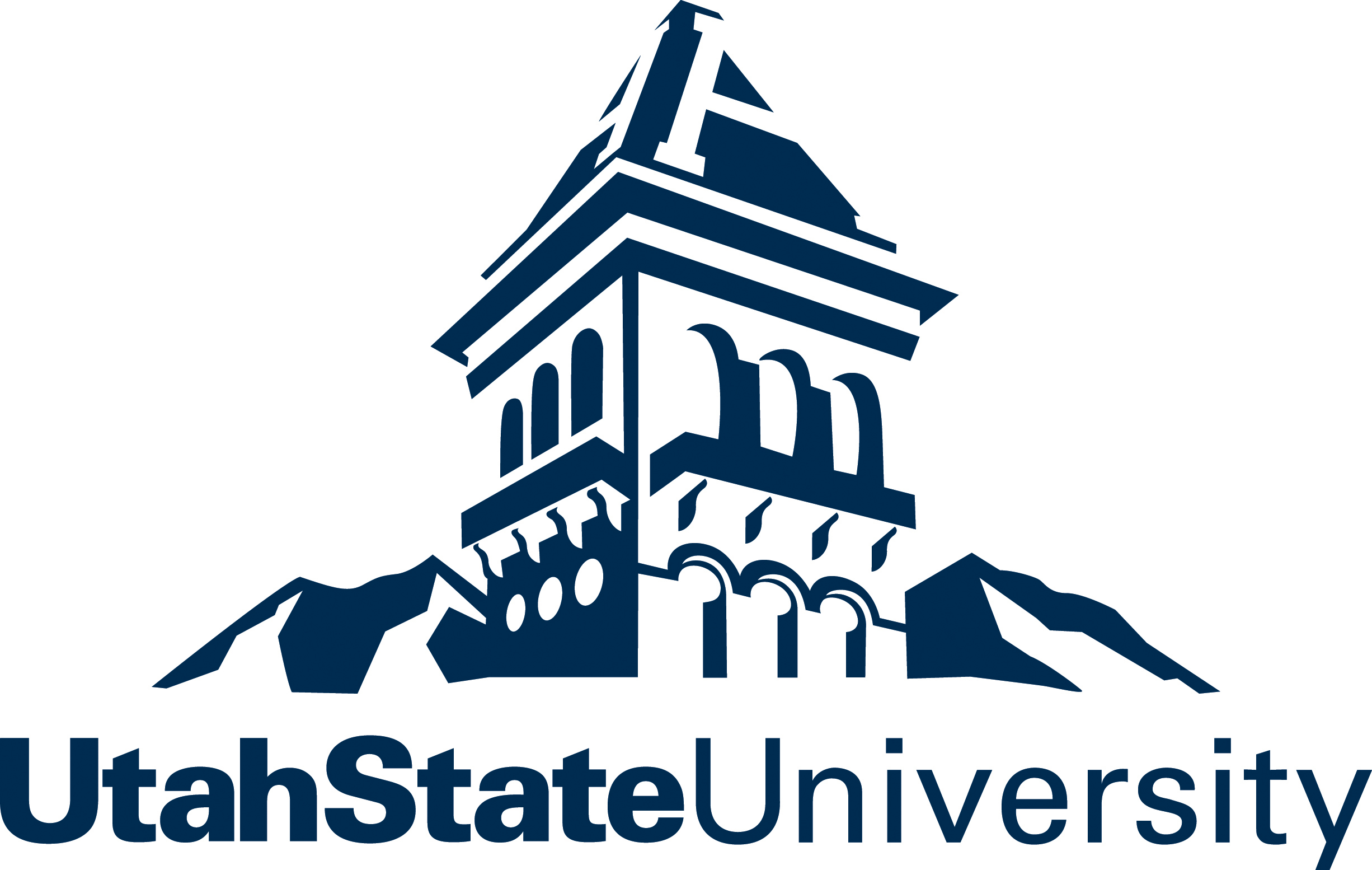 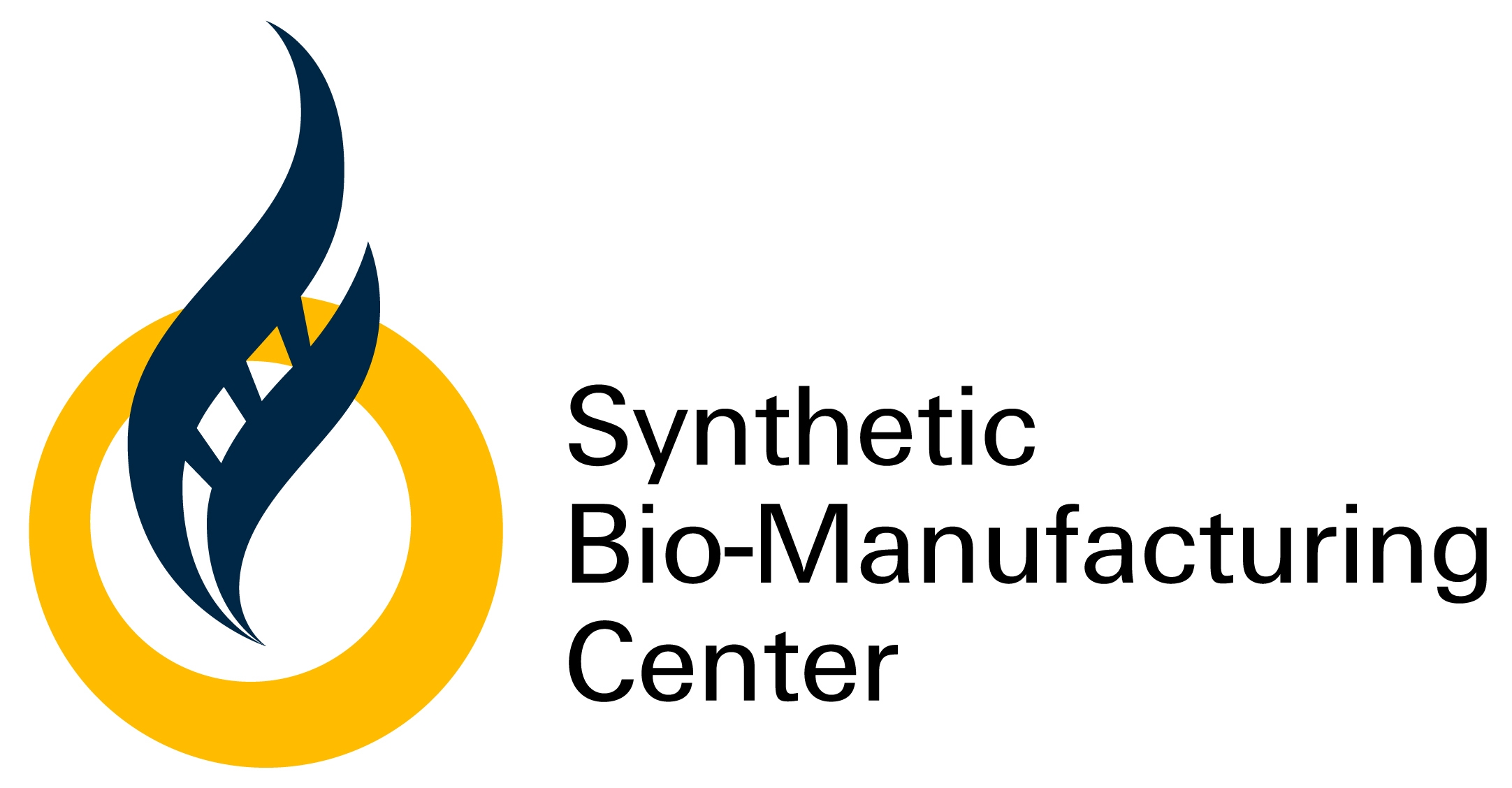
|
|
|
|
 "
"
